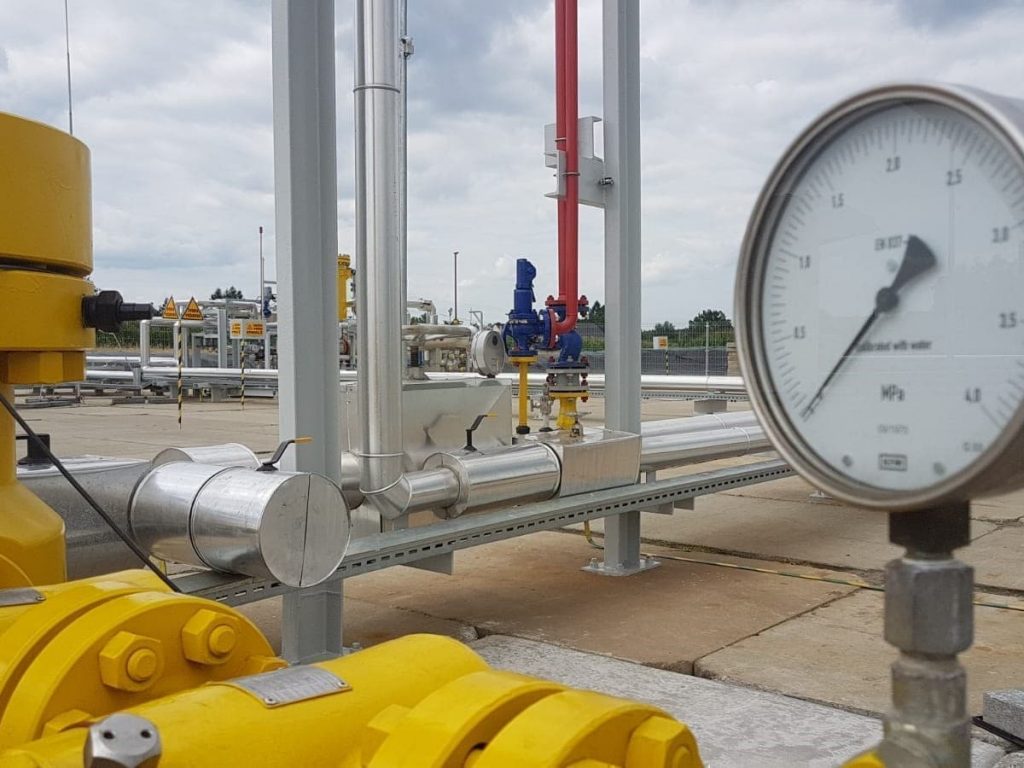
With natural gas storage levels at a 10-year low just ahead of the winter heating season, Europe is facing hard choices from its limited range of options to alleviate the gas crisis. Governments across Europe have pledged to protect the most vulnerable consumers, as soaring gas and electricity prices are hot potatoes that no ruling party or coalition wants to encounter. But the energy price spike is here, and it could worsen as we enter the heating season in the northern hemisphere between November and March.
European governments have already announced moves to protect consumers from energy price spikes, including through the energy price cap that has been and will continue to be in place in the UK and a temporary tax cut on power prices in Spain.
Protecting select consumer groups from price hikes, however, would put more pressure on other gas and power consumers, including industry, Reuters columnist John Kemp notes. If European countries let gas and energy prices rise moderately from already record levels, this would trigger demand destruction, easing the very tight gas market, Kemp argues.
However, many European leaders are unwilling to let consumers (voters) feel the heat of soaring energy bills this winter.
Moreover, demand destruction has already started. But it’s not coming from household energy consumption—it comes from electricity producers and from heavy industry.
Utilities are using more coal and other fuels—where possible—to generate electricity at the expense of natural gas. Increased use of coal-fired power in the electricity mix is in direct conflict with the ambitions of the European Union (EU) and the UK to reach net-zero emissions by 2050.
Sweden, one of the EU members with the greenest electricity mix in the bloc—with hydroelectric, nuclear, and wind power dominant—has seen the Karlshamn fuel oil power plant running in recent weeks due to the record power prices, although there are no shortages of electricity in the country.
The UK, which has pledged to phase out coal-fired power generation by October 2024, had to fire up earlier this month an old coal plant that was on standby in order to meet its electricity demand.
So far this month, the share of coal in Britain’s electricity mix—albeit below 3 percent—has been more than double compared to the below-1-percent share in September 2020.
UK power company Drax could have its last two coal-fired plants in the country operating beyond the 2022 deadline that it had set for closure if the government asks it to keep them operational amid the energy crisis, Drax’s CEO Will Gardiner told the Financial Times this week.
Demand destruction in the industry is also underway. Industries across Europe are scaling back operations due to record natural gas and power prices, threatening to deal a blow to the post-COVID recovery.
Fertilizer and ammonia production in Europe has been curtailed as “downstream European gas markets suffered further financial pain with new record spot gas highs” this week, Ben Samuel at Independent Commodity Intelligence Services (ICIS) noted on Thursday.
CF Industries, a manufacturer of hydrogen and nitrogen products, said last week that it was halting operations at both its Billingham and Ince manufacturing complexes in the UK due to high natural gas prices.
The Billingham plant makes carbon dioxide (CO2)—an essential supply to the food sector. So, the UK government secured a short-term deal with the company, which produces 60 percent of the UK’s CO2, to ensure the continued supply to businesses.
“Industrial shutdowns will reduce demand, helping limit further upside to prices. Switching from gas to coal in the European power mix also cuts gas demand, but this can then be counter-balanced by increased emissions prices that prompt switching back to gas,” ICIS’s Alex Froley wrote this week.
The gas crunch and price spike showed once again that Europe—and everyone pushing for ‘no more fossil fuels ASAP’—should consider market realities before indulging in ‘100-percent renewables’ fantasies.
The International Energy Agency (IEA)—which has suggested that a net-zero by 2050 world wouldn’t need new oil and gas investment after 2021—said this week, commenting on the surging gas and power price:
“The links between electricity and gas markets are not going to go away anytime soon. Gas remains an important tool for balancing electricity markets in many regions today.”